|
I was recently on Houzz.com, on the the "Building a Home" forum, in the gardenweb.com section of the website. One of the discussions there caught my attention. I thought it would make a good podcast episode. Homeowners were asked to list “The Best Things You Did When Building.” This was a forum discussion where homeowners who had built previously listed the favorite features they included in their builds—features that made life easier and/or more enjoyable. Before we get to the the first part of the list, let me say to Homegrown95 "I appreciate you!" Thank you so much for our latest 5 star rating and review in Apple Podcasts. The review said this podcast is "essential listening for anyone building a home." Wow. That’s so nice to read. Thank you, Homegrown95, for your kind words and for encouraging others to listen. Okay, let’s get to the nitty gritty. Here’s what homeowners say are: The Best Things They Did When Building 1. Wood floors throughout the house. One homeowners even said they were happy they put hardwood floors in the bathrooms. Now, I love hardwood floors too, but the idea of hardwood floors in bathrooms makes me personally kind of nervous. If you like the look of wood, but hardwoods in bathrooms makes you nervous too, you might consider high quality wood-look tile, wood-look luxury vinyl plank, or engineered hardwood floors, which are made from real wood, but are more resistant to moisture damage. 2. Lots of additional recessed lights in rooms where they would normally be optional. Someone else, though, said not too many recessed lights. My opinion and experience is the older you get, the more light you’ll want and need, whether that light comes from recessed lights or other light sources. You definitely don’t want to go overboard with recessed lights because you don’t want your rooms to look like an airport landing strip. If you don’t dislike recessed lights, consider placing cans every 4-6 feet along the periphery of rooms so the light bounces off the walls into the room. And then you can add in a few more cans where you think you’ll need them. If you don’t like recessed cans, you don’t have to use them at all. In a very traditional, or historically accurate home, for example, recessed lighting may not be appropriate. But I think recessed lights can be tastefully included in most homes. When in doubt, consult a lighting designer. Speaking of lights... 3. All lights on dimmers. Another homeowners said their Lutron system for lights has been great and it’s easily programmable 4. Accessory equipment for TV’s in a closet or another room so there are no cable boxes where the TV is mounted above the fireplace. 5. Kitchen cabinets with drawers or pull-out shelves rather than cabinet doors and stationary shelves. This, and several other tips, are things that I’ve shared on this podcast/site before, but the more we hear things, the more likely we are to remember them. 6. Central Vac with Hide a Hose. And specifically, one homeowner especially liked the Vac Pan part of the central vac system. They said they put it in the kitchen and sweep debris right into the Vac Pan opening, which is in the toe kick space below the cabinets. That Vac Pan sucks the dirt away and eliminates the need for a dust pan. They said if they built another house they’d put a Vac Pan in the master bathroom as well. Because I want to present varying opinions, I have to let you know that another homeowner said they no longer wanted central vac because of Roomba. You can learn more about central vacuum systems in episode 146. 7. Orienting the house so the largest public spaces face south, to take advantage of the most natural light. And avoiding west-facing windows, if possible, since those west-facing windows bring in uncomfortably hot afternoon sun. 8. A mail drop zone area with shelves or baskets for sorting mail. Below the counter, they put 2 pull out trash bins-- one for throwing away or recycling junk mail, and the other for shredding. And if you have the space and can add an electrical outlet in this area, you can put the actual shredder there. This mail drop zone encourages you to handle your mail as it comes in, as opposed to accumulating piles of mail over days or weeks. 9. Several people said lights in all closets and an electrical outlet in larger closets so you can use a clothes iron or steamer or a hand vacuum. 10. Adding a Blum Servo Drive unit on a pull-out trash bin and recycling bin. Blum is the manufacturer and the component is called servo drive. It allows you to bump a cabinet door or drawer with your knee or hip and it opens open hands-free. This is helpful if you have dirty or full hands and need to open the trash bin. If you want to go a little less high tech, and usually less expensive, you can purchase a trash bin with a manual foot pedal. 11. Heated floors in the master bathroom and in the mudroom if you live in a snowy climate. Heated floors feel nice underfoot whether you live in a snowy climate or not, but they also help melt snow on boots and help water on floors evaporate faster. Heated floors range from $5-$15 per square foot, averaging $10-$12 per sq ft. And even though they aren’t ridiculously expensive, if you’re someone who religiously wears slippers, heated floors in your bathroom might not be worth the cost. 12. Home audio system. One person called his home audio system “hands down my favorite part of my new house.” You can get built-in speakers with music streaming through your house by calling the home automation or home theater business in your area. 13. Onyx Collection shower. One homeowner said “it’s expensive but, there is no tile and no grout lines to clean!” Onyx collection is a solid surface, shower wall surround that comes in different styles and colors. Some are smooth, some are textured and some have a tile look with faux grout lines. Other options for easier cleaning of the shower is to use thin quartz slabs on the shower walls, large format tile which have less grout or any tiles combined with epoxy grout, which is stain resistant and never has to be sealed. You can learn more about epoxy grout in episode 61. 14. Large kitchen island and a large walk-in pantry with extra fridge and freezer. Another homeowner had a different opinion and said they would rather have a single large refrigerator instead a second fridge in a garage or pantry because one large refrigerator is usually more energy efficient than 2 separate units. And with only one fridge, you always know where everything is. With 2 refrigerators or freezers you might forget what items are where. 15. Wide hallways. One homeowner made the main hallway in their house 5 feet wide. She said it’s been incredibly useful since her daughter fractured a leg and needed a wheelchair for a while. The wider hallway allowed her to maneuver in the wheelchair without bumping into walls. Standard hallways are about 4 feet wide. Expanding them to 5 or 5.5 feet or more will allow you to more easily move through hallways if a walker or wheelchair is ever needed. And even if you never need a walker or wheelchair, wider hallways allow you to more easily take packages, laundry baskets and furniture down halls. 16. Well-planned outlet placement. Before you do your electrical walk through with your electrician, you’ll want to think about where TVs and other electronics will go, where you’ll need outlets and USB ports for lamps, laptops, and phones. And think about whether you’ll need floor outlets. I have a couple of episodes that will help you think through your lighting and outlet placement. They are Episodes 125 and 125.5 called “Consider These 50 Things for Your Electrical and Lighting Plan" and "21 Bonus Electrical and Lighting Plan Tips." 17. Laundry room near master closet or other closets or bedrooms. 18. Attention to water heater placement for so you don’t have to wait for hot water. Homes with long distances between the water heater and the faucets can have a long wait for hot water. You can turn the hot water tap on, and you might a have wait a minute or, maybe even 4, before you get hot water. This is inconvenient and it wastes water and energy. To overcome this problem, you can place a tankless water heater in your master bathroom or in the kitchen for so called instant hot water. But if you want instant hot water throughout the house, request a recirculating system. A recirculating system is also called a recirculating pump and keeps the water in the hot water supply pipe hot. That way when you turn the tap on, you get hot water immediately. A water recirculation system can be added to conventional or tankless water heaters. 19. Bathroom accessible from outside. I think this is especially important if you spend a lot of time outside and your bathrooms are far away from your outdoor entertaining area. 20. Exterior rigid foam insulation. This homeowner said the best thing he did when building was to cover the exterior of his house with rigid foam to stop the thermal bridging. Thermal bridging, remember, is a source of unwanted heat loss. Heat uses your uninsulated framing lumber as a bridge to move into the house during the summer and to move out of the house during winter. Heat always wants to be with the cool kids, so heat naturally moves to cooler areas. Exterior rigid foam insulation stops the unwanted movement of heat, keeping outdoor heat outdoors, and indoor heat inside. That homeowner said the comfort in the house is noticeably better, and the heating/cooling bills greatly reduced. On my house, we’re using Zip R which is insulated Zip system sheathing. The Zip R product combines insulation, wall sheathing and a water and air barrier, so I will have an insulated, air and water tight building envelope. 21. A floor plan design separating the master from the rest of the bedrooms. That homeowner said their bedroom is on one side of the house, near the kitchen, and the other three bedrooms are on the other side of the house, past the family room. And although they don't currently have kids in at home, they say it’s still a great layout for visiting guests because the guests can get up early, use the bathroom, or whatever else they need to do, without disturbing anyone in the master area. 22. Installing a wood burning Phenix Green zero clearance fireplace. I had never heard of this brand, but the homeowners said it’s a super efficient wood burning fireplace that allows for venting heat to additional rooms. He said you can have a traditional or modern exterior and the fireplaces are easy to use and clean. He says he’s pretty sure he could heat the entire house with it if he had to or wanted to. According to the Phenix Green website, with the firebox door lifted, you can enjoy the warmth of a genuine open fire. With the firebox door closed, you get a full view through the panoramic window and maximum energy efficiency. I have no experience with this product, but it seems like a great option if you want a wood burning fireplace. If you like a fireplace but would rather not have to mess with logs and ashes, a gas fireplace is a better option. There are also very efficient gas units on the market that allow you to vent heat to other rooms or to the outside, which is nice if you want the look and charm of a fire, but not all the heat. Other cool, but pretty options are electric and ethanol fireplaces. 23. Lots of electrical outlets on outside of house. 24. Wiring the garage for a future electric vehicle. The electrician that I spoke with says this costs a few hundred dollars extra. 25. Installing whole house surge protection. Whole house surge protection protects your house against power surges from lightning or downed power lines. I knew nothing about whole house surge protection, so a did a just a little more research on this one so I could give you miniature mini lesson. So what exactly is a power surge? A power surge is basically a very brief spike in your home's electrical current that can cause damage to your home’s electronics and appliances. Many homeowners believe that they can get adequate surge protection by plugging their electronics into a power strip. But most experts says that’s not enough protection. Surges can fry circuit boards, crash computer hard drives, ruin appliances and home-entertainment systems and other electronics. Lightning-induced surges are the most powerful. But the lightning doesn’t have to strike your house directly to cause damage. If lightning strikes near a power line, that can cause damage to your house. Another cause of a power surge is downed power lines or other sudden changes in electricity use such as when high-powered electrical devices such as refrigerators, air conditioners and even space heaters are turned on. We’re especially susceptible to power surges from sudden changes in eletrictricity if we have faulty wiring that affects the home's ability to withstand spikes. Tripped circuit breakers and short circuits in the wiring system can also lead to power spikes. A whole house surge protector is a device that is typically hard wired to your main electrical panel by an electrician. It protects your whole house against power surges. If lightning strikes nearby, or some other electrical spikes occur in your main electrical line, the surge protector will reduce the surge before it enters your home. According to This Old House.com, whole house systems should be rated to stop a 40,000-amp surge, at minimum. Features to look for include thermal fuses, and lights or alarms that let you know when a device has been triggered. Protection for an average house with 200-amp service will run about $500--including a couple of hours of an electrician’s labor. Separate but smaller whole-house units are recommended for the cable lines, and a landline phone, if you have one. Interestingly, This Old House says, “By themselves, whole house suppressors can’t stop surges completely; up to 15% of excess voltage may leak by.” That’s why it’s recommended to combine the whole house surge protector with smaller “plug-in” surge protectors. These can be used to protect individual appliances and electronics that are particularly precious to you. These plug-in protectors range from $70-$350 per unit. The larger, more expensive plug in units might be used for a home theater, for example. If you don’t want to invest in a whole house surge protector, the best thing you can do if you’re expecting a lighting storm is to unplug your computer and other expensive electronics, such as your flat-screen TVs. This isn’t a convenient solution, but it is cheaper than a surge protector. You’ll also want to avoid plugging surge-sensitive electronic devices like TVs and computers into the same power strip with printers, air conditioners, or other appliances with large, powerful electrical loads. That’s it for Part 1. I’ll finish the list in a couple of weeks when I release the next episode. Be sure you’re subscribed to show so the latest episodes automatically land in your podcast library. Thanks for stopping by. Please remember that the purpose of this podcast is simply to educate and inform. It is not a substitute for professional advice. The information that you hear is based the only on the opinions, research and experiences of my guests and myself. That information might be incomplete and it’s subject to change, so it may not apply to your project. In addition, building codes and requirements vary from region to region, so always consult a professional about specific recommendations for your home.
0 Comments
Your comment will be posted after it is approved.
Leave a Reply. |
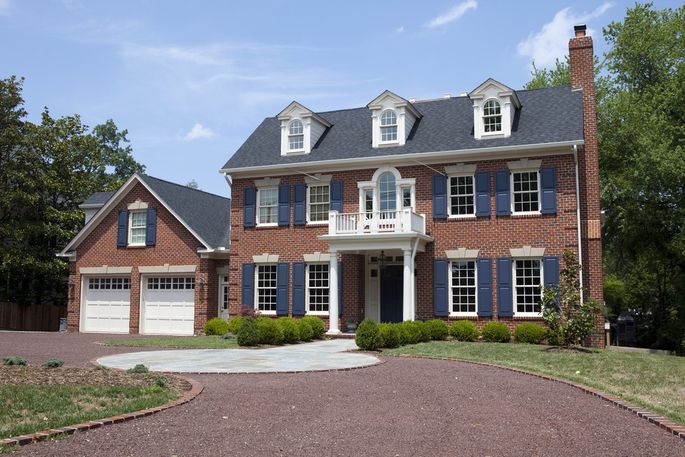
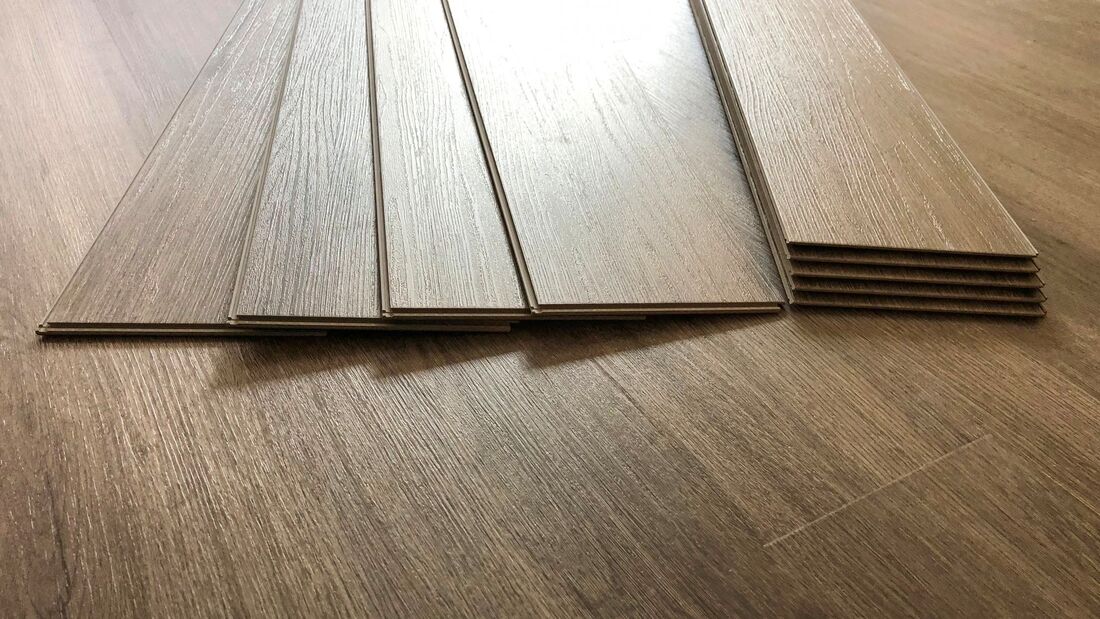
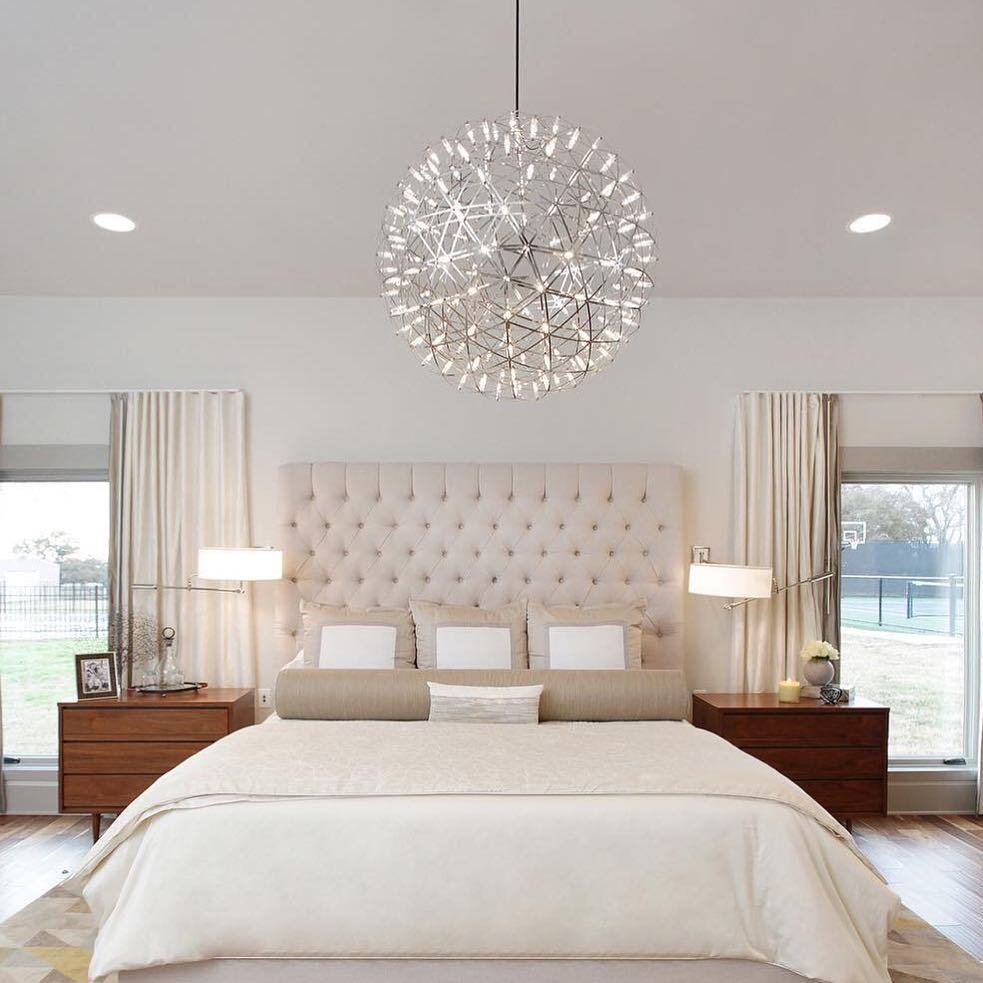
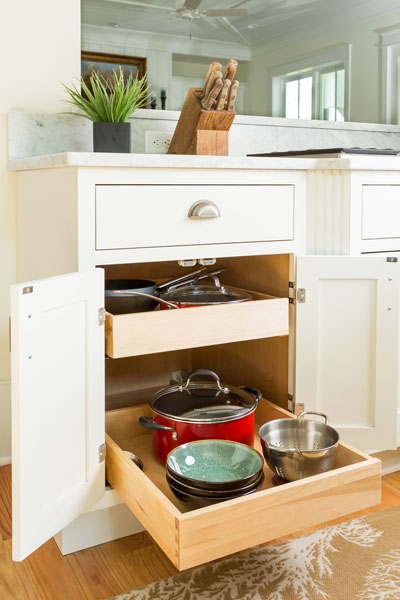
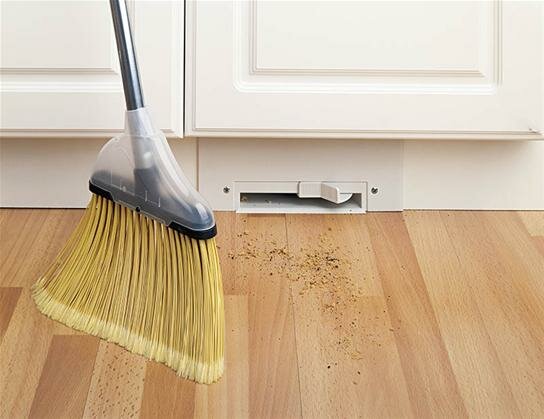
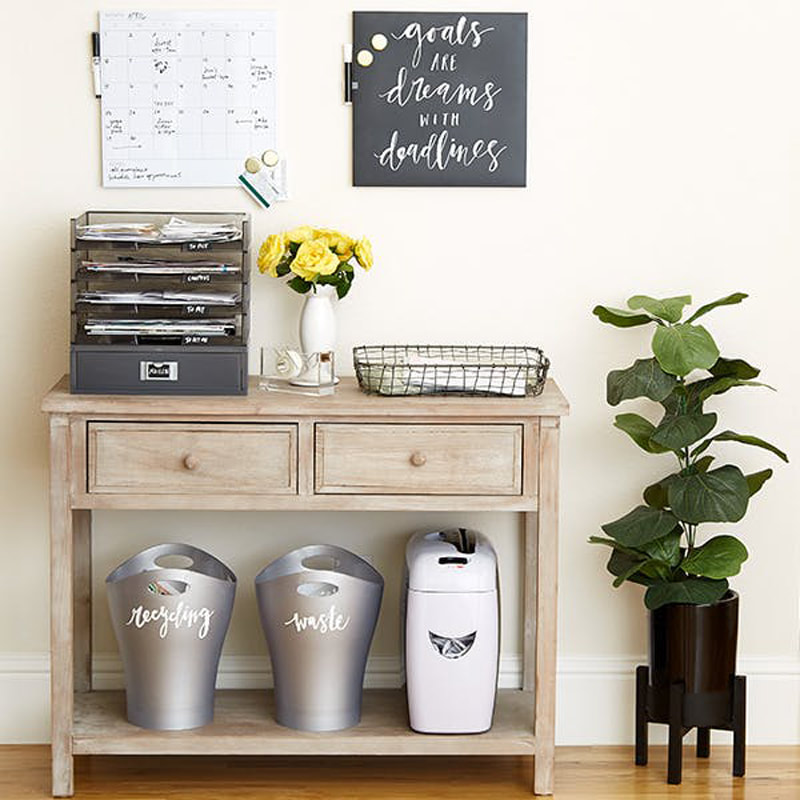
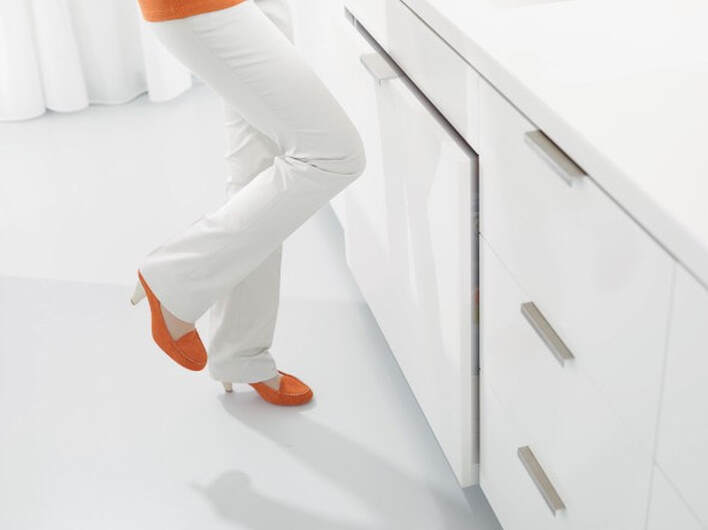
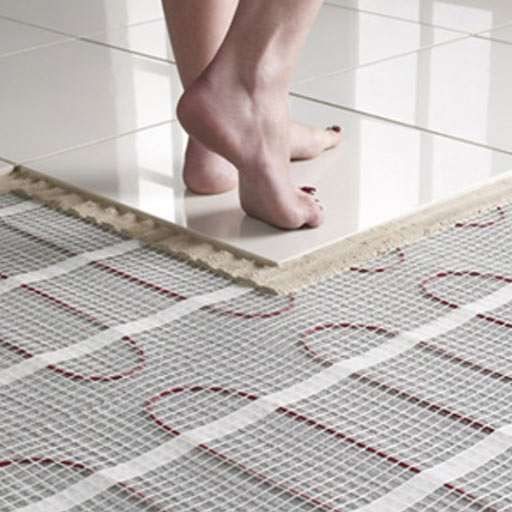
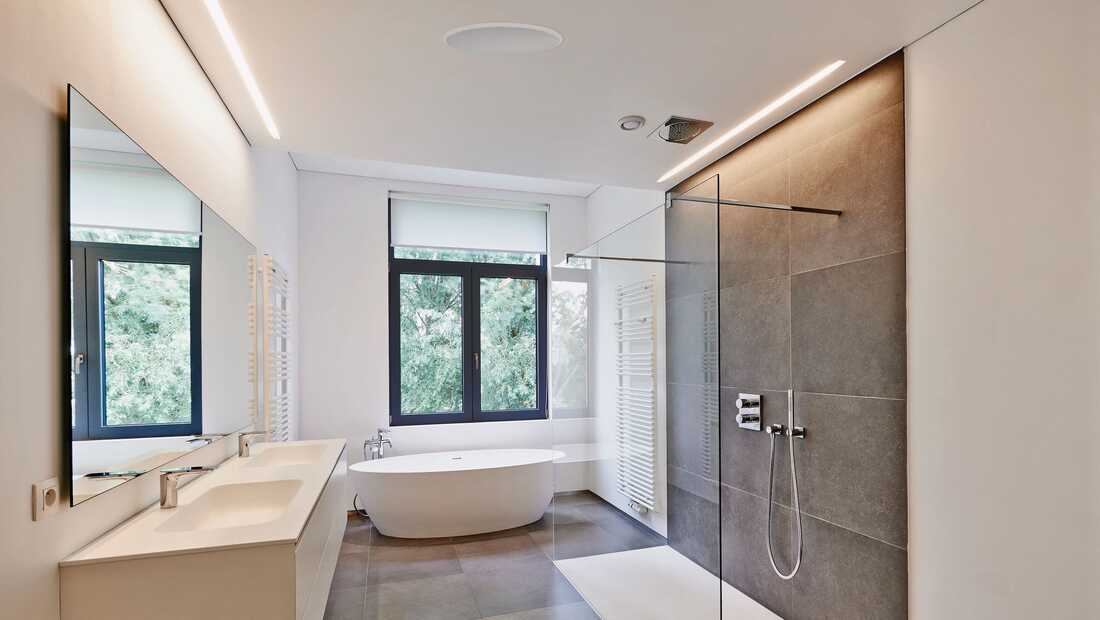
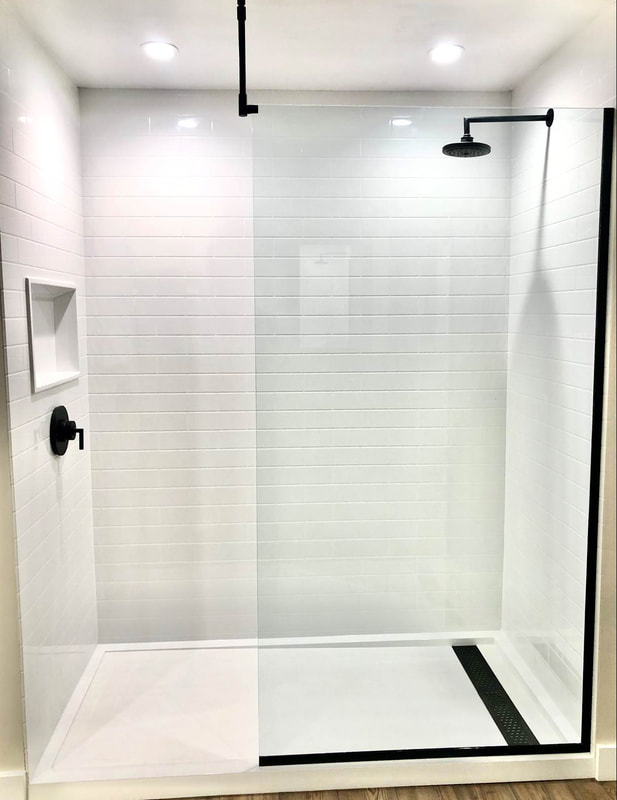
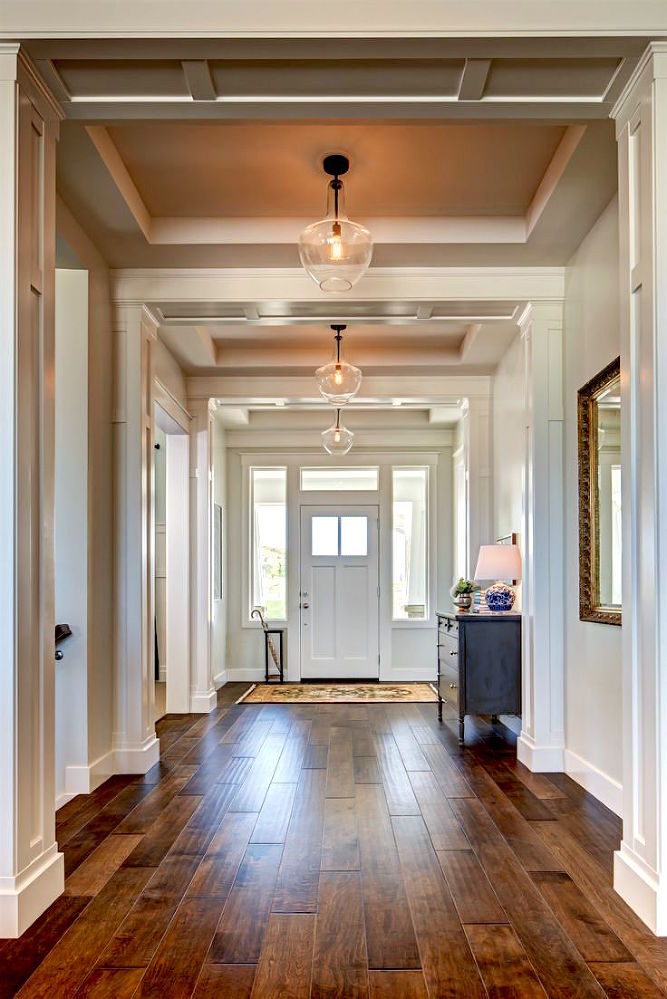
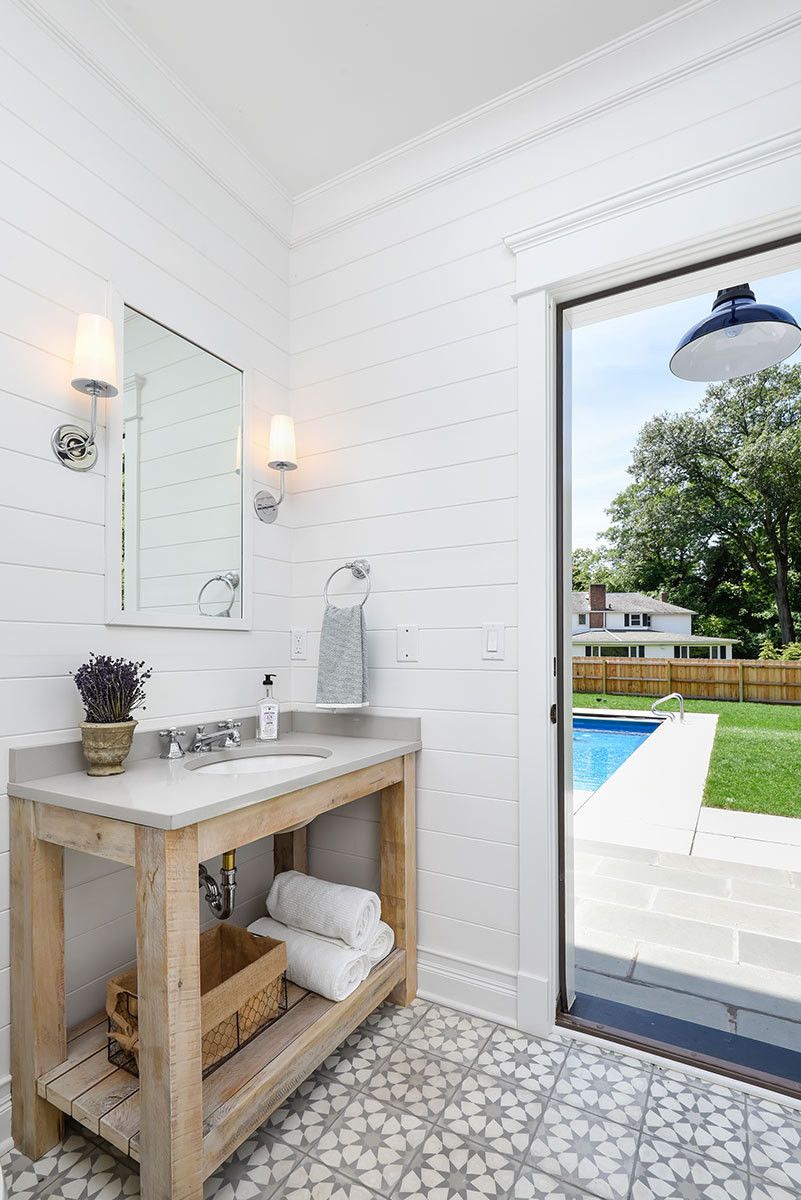
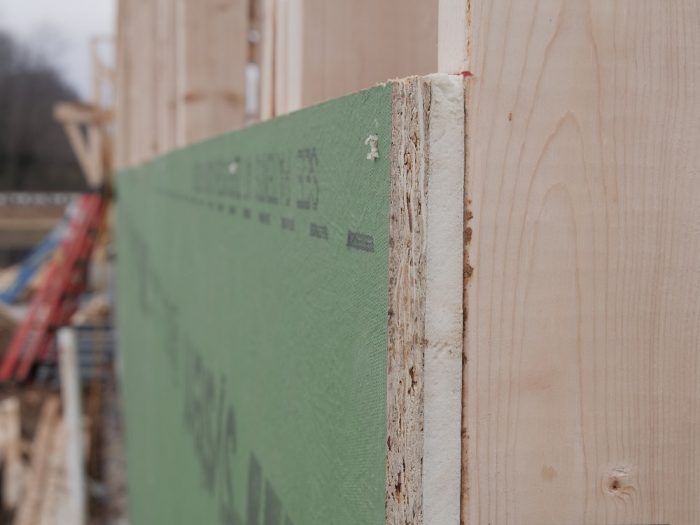
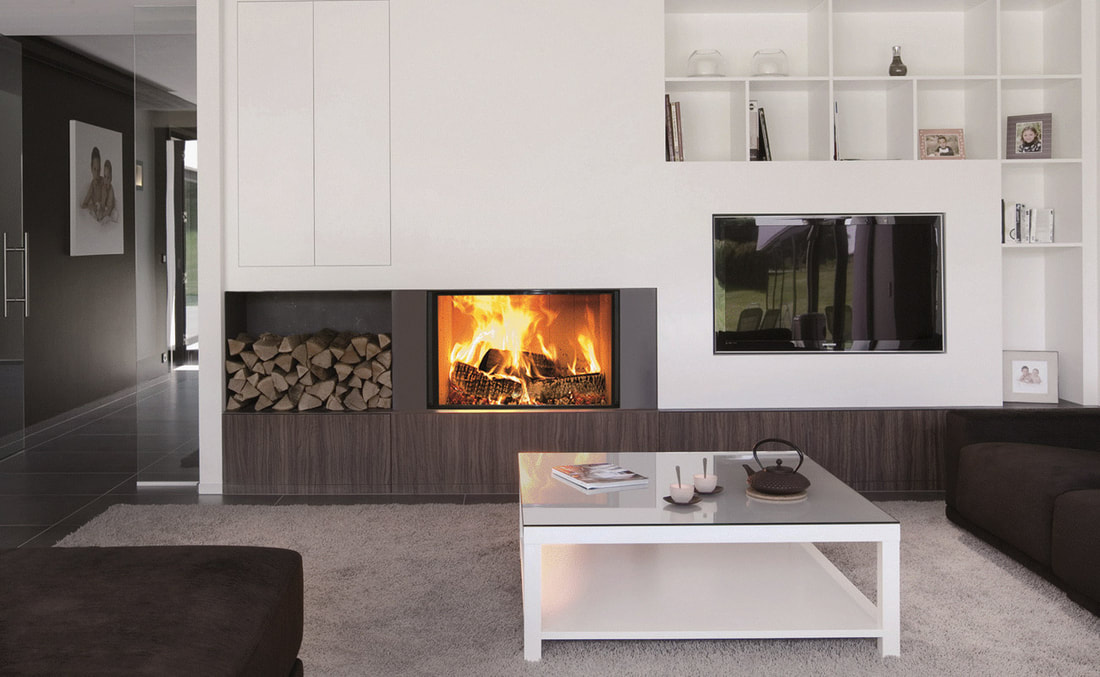
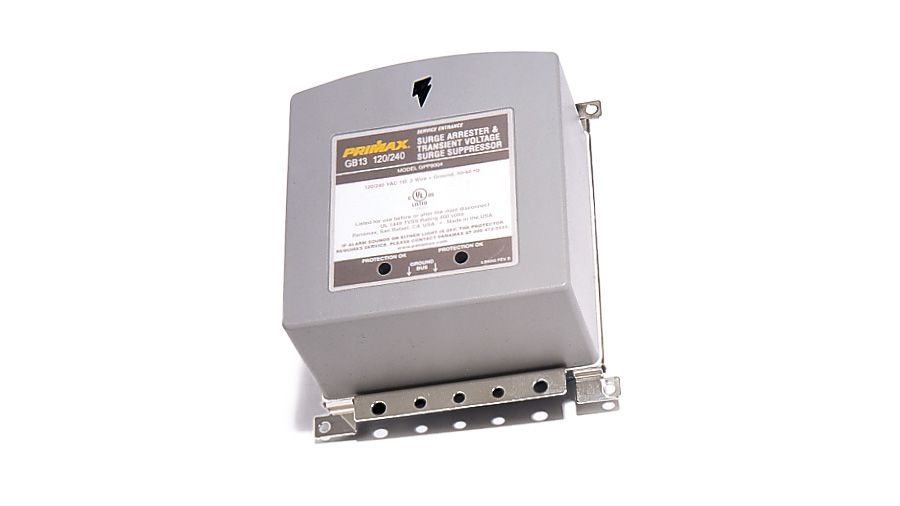
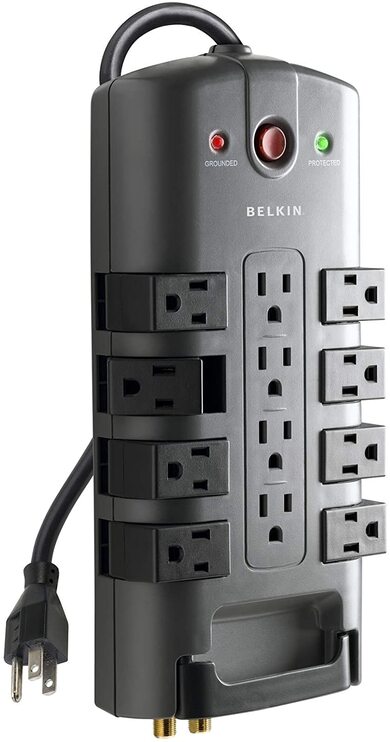
 RSS Feed
RSS Feed